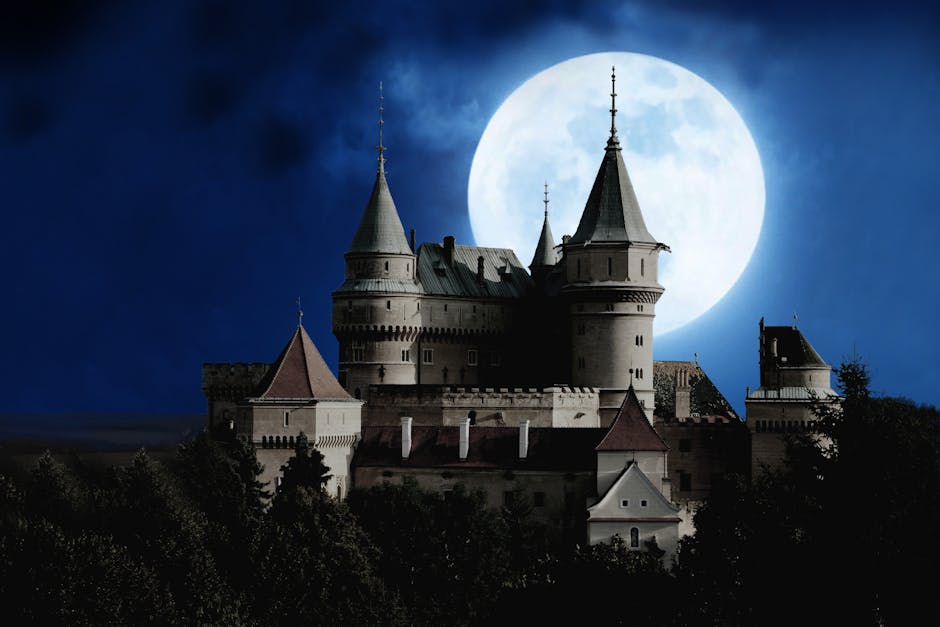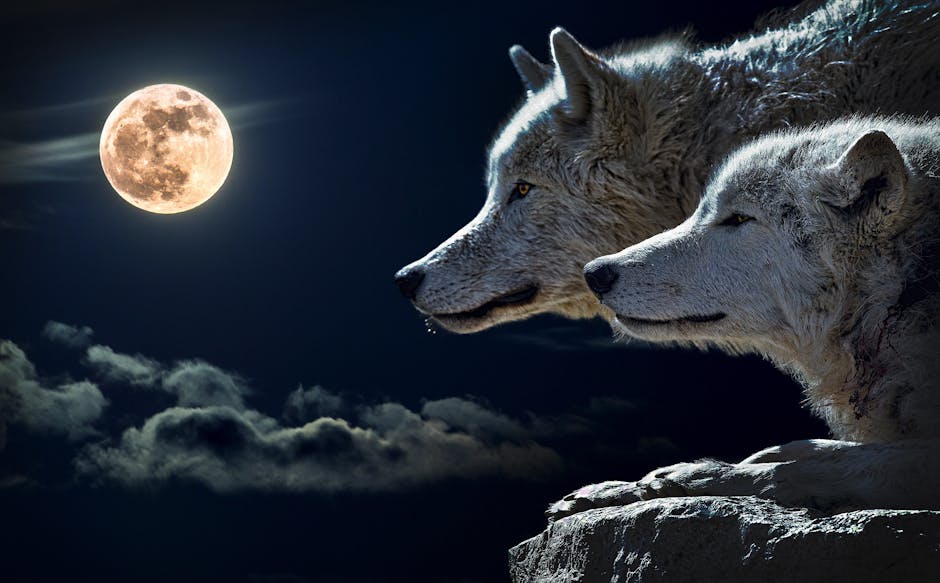The last full moon phase of 2017 was December 3rd, it also happened to be this year’s Super Moon!
The Full Moon Phase of December

The Cold Moon, the Long Night Moon, or even the Oak Moon are all common names for the Full Moon as it shines in December. The names are pulled from ancient civilizations, Celtic, Anglo-Saxon, and Native American.
The Anglo-Saxons called the full moon phase in December the Moon Before Yule, which was the Celtic celebration of the Winter Solstice. Which plays in well with the “Long Night Moon” name, as the winter solstice is the longest night of the year. It’s a cause for celebration for even though winter is just beginning, it’s also the turning point where the days start to get longer again.
It gets the name “The Cold Moon”, not because December is the coldest month out of the year (that honor is left to January) but because it is the start of the cold season. It is of course, a less appropriate name in the southern hemisphere than in North America and Europe where the name was chosen. Below the equator it is probably more appropriate to refer to it as the “oak moon”.
The Cold Moon this year also happens to have the honor of being 2017’s only Super moon. A super moon is just when the moon has moved to the shortest distance in it’s elliptical orbit around the earth. When the moon is in it’s full phase or new moon phase and is this close to Earth it’s called a Super moon. How fitting that the final moon of 2017 will be the only super moon of this year?
How the Full Moon Phases marked ancient calendars
Before the solar calendar was adopted (the one we use now, which is much more accurate and comes to the full 365 day year.) people used the full moons as their monthly calendar guide. The lunar calendar is off from the modern calendar by about 11 days, which is why it’s gone out of use, so not every month was entirely accurate.
Most cultures that used the moon phase calendar as their yearly guide had different names for each full moon phase, rather than for the month as we now know them.
Want to learn more about the full moon phase in the lunar calendar?
The most common calendar names come from a variety of places, but namely the Anglo-Saxon, and Native American cultures. Most are obvious when accompanied with the time of year, and a lot have lost some of the beauty in the name when it was translated into English I’m sure.
The Other Full Moon Phase Names
 January – The Anglo-Saxon (specifically the Celts) referred to this moon as the “Wolf Moon.” They probably named it for that based on the way the wolves behaved during this full moon phase, howling and congregating together. It’s also known as the ice moon and the old moon. The ice moon is the easiest to understand, with January being typically the coldest month and the world covered with ice, it lends itself over more.
January – The Anglo-Saxon (specifically the Celts) referred to this moon as the “Wolf Moon.” They probably named it for that based on the way the wolves behaved during this full moon phase, howling and congregating together. It’s also known as the ice moon and the old moon. The ice moon is the easiest to understand, with January being typically the coldest month and the world covered with ice, it lends itself over more.
February – The only real known name is the “Snow Moon”, which makes sense, as the world begins to warm up slightly it’s more likely to snow than to ice.
March – March is most commonly called the Sap moon, as it’s the time to start tapping the maple trees for their sap. Others have called it the “snow crust” moon, named for the way the snow melts in the sun and then will freeze at night and harden like a crust. Another name for it is the “Snail Moon” for the way the snails would begin to come out and leave their trails around this time of the year.
April – Universally the “Grass moon” as by this time of the year the grass is beginning to grow again and turn that vibrant green that heralds in spring. Some Native Americans referred to it as the “Pink Moon” for an early blooming pink wild flower.
May – April showers bring may flowers, so it is definitely appropriate that the May full moon phase is referred to as the “flower moon”. Sometimes it’s called the “Corn moon”, when it was used to indicate the best time to plant corn, and for unknown reasons the “Hare moon”.
Further reading on the Native American names for the full moon cycle click here.
June – The Anglo-Saxons and Celts called the June full mon phase the “Rose Moon”, as roses begin to bloom and summer begins to set in. Which is also why it is called the Strawberry moon, for in North America the strawberries are at their most ripe.
July – The thunder moon for the storms that happen during this month. Or the buck moon, because every year bucks lose their antlers and in July they begin to grow them back again. And for some farmers, it’s still called the Hay Moon, in recognition of the first hay harvest of the year.
August – The Red Moon, in reference to the reddish color that the moon seems tinted as it cuts through the atmosphere. In some regions its even referred to as the Sturgeon moon, in reference to the abundance of this variety of fish can be found around during this time of year.
September - As the summer begins to wane and harvest time begins, the harvest moon comes out for September. This full moon phase is one of the brightest of the year, not just marking the time of year to do the harvest, but providing farmers with extra light to see by while they do their work.
October – is hunting season, and so the October full moon phase is the Hunter’s Moon. Just as bright as the September moon, the hunter’s moon provides extra light to see by while hunters took to their cares.
November – As fall begins to turn to winter, it frosts. That’s where November gets it’s name, the Frost Moon brings us back into the winter season.